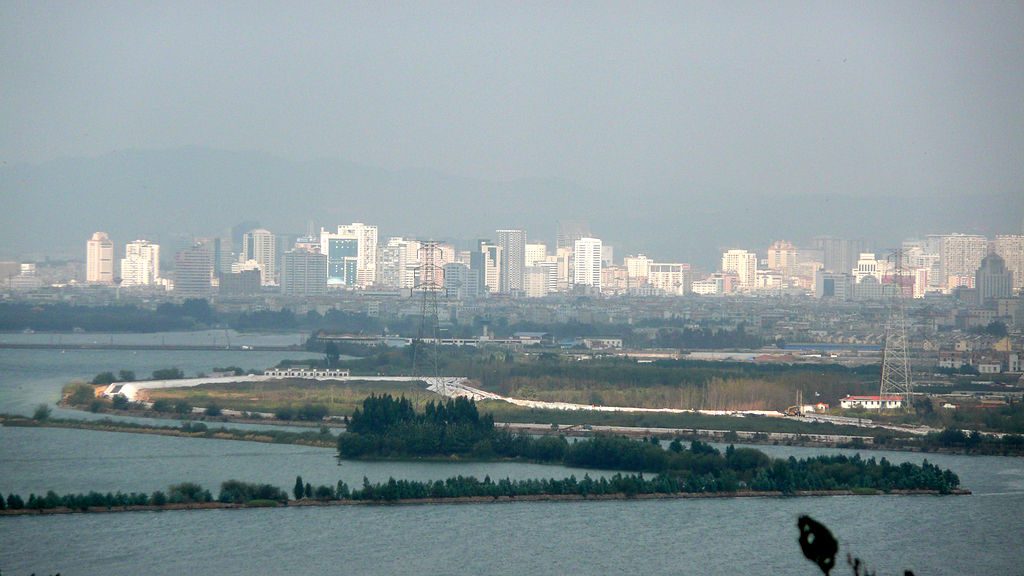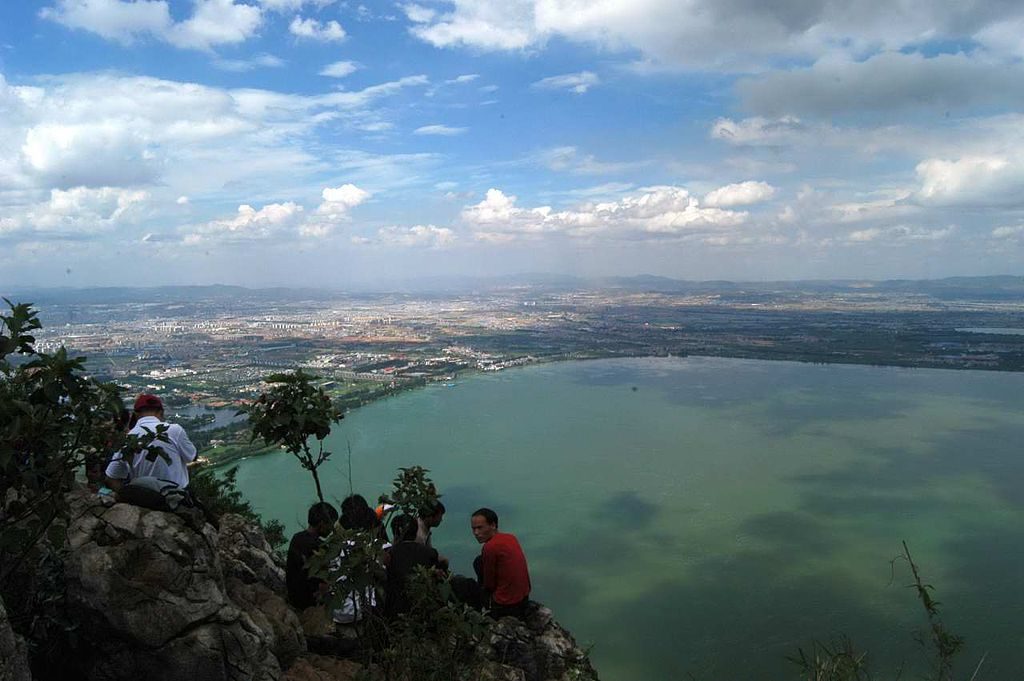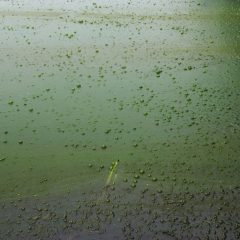Governmental Projects and Plans
“Zero o’clock action”– A governmental plan that made companies in the Lake Dianchi watershed implement practices to properly treat their discharged water by zero o’clock on May 1st, 1999. If they did not make the necessary changes, company operations would be shut down (Zhang, Zheng, Wang & Ni, 2014, p. 1498).
“3 Lakes and 3 Rivers Project” – A governmental project aimed at environmental protection of water sources that identified Lake Dianchi as one of the top 3 polluted lakes of concern for the Chinese government in the ninth five-year plan (1995-2000) (Zhang et al, 2014, p. 1498).
The Dianchi Lake Authority Management (DLMA) initially instituted unsuccessful programs for wetland restoration, construction bans, and ozone injections; however, more recent projects such as river diversion from the Niulan and Jinsha rivers have improved water quality (Scally, 2016, p. 1). Moreover, The local government has vowed to make Lake Dianchi swimmable again by 2020 (Scally, 2016, p. 1).

The Role of Environmental Non-Governmental Organizations (ENGOs) and Activists
There are mixed views of environmental activism in China.
Setsuko Matsuwaza writes (2012): “the Ministry of Environmental Protection hopes that these environmental groups can contribute to environmental protection, especially at the local level where environmental measures have largely been compromised in favor of economic development. On the other hand, the Ministry of Civil Affairs has established a regulatory framework to control and monitor citizen activism” (p. 19).
In the Lake Dianchi case specifically, individual action has ranged from research to small scale change:
- The environmental non-governmental organization Green Watershed, China’s first ENGO dedicated to water, is located in Yunnan and has been involved in local pollution issues.
- Local activists attempted to mitigate the effects of biodiversity loss by dumping five tons of fish into Lake Dianchi in October 2012 (Scally, 2012, p. 1).
- Kunming local, Zhang Zhengxiang worked to collect data on the pollution of Lake Dianchi for 30 years and used his findings to promote environmental protection amongst locals and to encourage the government to implement clean-up projects (Jiachun & Qian, 2010).

Works Cited
Emitchan (Photographer). (2007). Lake dianchi [digital image]. Retrieved from https://commons.wikimedia.org/wiki/File:%E8%A5%BF%E5%B1%B1%E8%BF%9C%E7%9C%BA%E6%BB%87%E6%B1%A0.jpg
Jiachun, W., & Qian, W. (2010). One man’s battle against pollution. China Daily
Matsuzawa, S. (2012). Citizen environmental activism in china: Legitimacy, alliances, and rights-based discourses. Citizen Environmental Activism in China, 19(2), 81-91.Osteuropa, B. (Photographer). (2009). Kunming – capital of the
Osteuropa, B. (Photographer). (2009). Kunming – capital of the Chinese province Yunnan [digital image]. Retrieved from https://commons.wikimedia.org/wiki/File:Kunming_18.JPG
Scally, Patrick. (2016, July 3). “River Diversion to Flush Pollution out of Yunnan’s Dianchi Lake.” China Dialogue. [News Article] Retrieved from https://www.chinadialogue.net/article/show/single/en/8683-River-diversion-to-flush-pollution-out-of-Yunnan-s-Dianchi-Lake
Zhang, T., Zheng, W. H., Wang, S. R., & Ni, Z. K. (2014). Temporal and Spatial Changes of Water Quality and Management Strategies of Dianchi Lake in Southwest China. EGU: Hydrology and Earth Systems Sciences, 18(4), 1493-1502. doi:10.5194/hess-18-1493-2014
